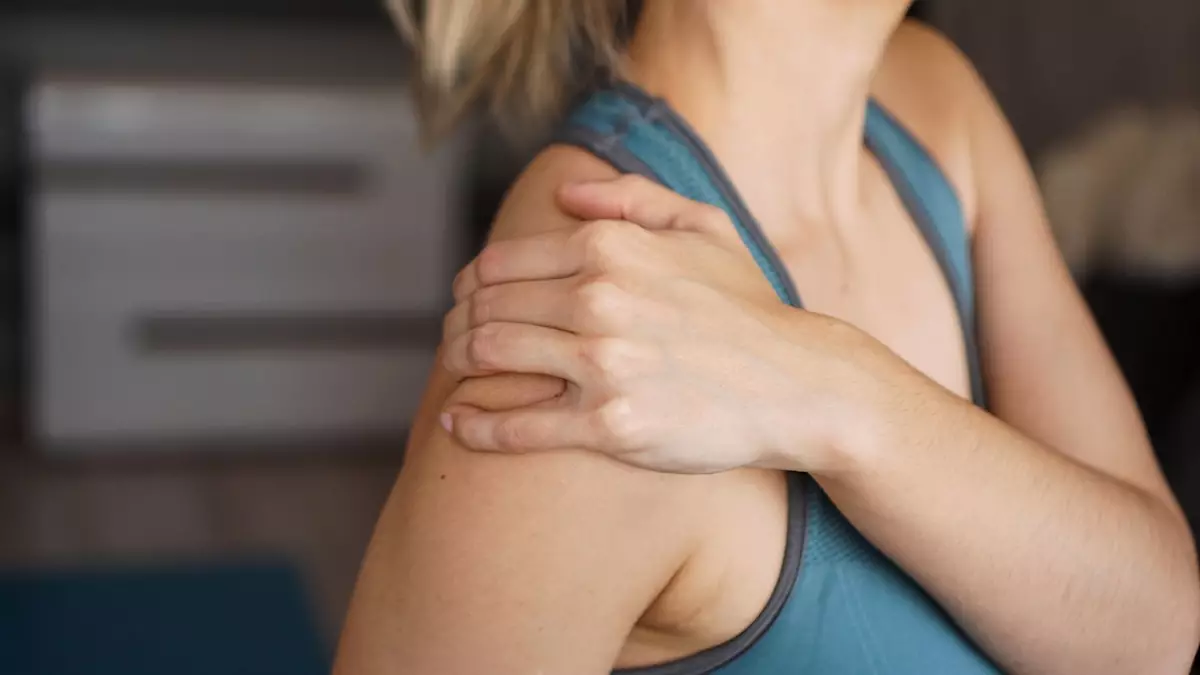Navigating the path of life often includes unexpected changes that test our resilience and adaptability. For many women, entering perimenopause can feel like a tumultuous journey filled with not just emotional shifts, but physical challenges too. As estrogen levels fluctuate, many find themselves grappling with symptoms that they may not have anticipated, from mood swings to weight gain and, notably, joint pain. Despite actively promoting a healthy lifestyle and adhering to a balanced diet and consistent exercise routine, this sudden onset of joint discomfort threw me for a loop in my mid-40s. It was a stark reminder that even the most proactive health enthusiasts are not immune to the rigors of aging.
Having always prided myself on my commitment to fitness, I was confronted with the harsh reality of stiff joints and discomfort in the mornings. Aches in my knees, lower back tightness, and strained shoulders became routine experiences. This raised a pivotal question: How could I address these uncomfortable yet often overlooked symptoms while maintaining my commitment to a healthy lifestyle?
Understanding the Connection Between Hormones and Joint Health
I soon discovered that the relentless joint pain I was experiencing could be traced back to hormonal changes associated with perimenopause. As estrogen levels drop, collagen production takes a hit, resulting in inflammation and joint stiffness. It became evident to me that while I adhered to the principles of healthy living, I needed to adapt my strategies to address this new phase in my life.
Through my research, I learned of the practice of assisted stretching, a method that piqued my curiosity. Traditional approaches had offered little more than temporary relief, so I was intrigued by the potential of this technique to improve my quality of life beyond mere pain management.
My first encounter with StretchLab was eye-opening. The environment was designed for relaxation, and the welcoming demeanor of the Lead Flexologist, Claudia Zappino, immediately set me at ease. Claudia introduced me to Proprioceptive Neuromuscular Facilitation (PNF) stretching, a method that employs a unique combination of muscle contraction followed by deep stretching to enhance flexibility. This approach resonated with me; it wasn’t just about alleviating discomfort but about actively engaging my body in a way that encouraged healing.
During my sessions, I found immense relief as Claudia guided my body into positions that alleviated long-standing tension. Each movement felt like a dance—gentle yet assertive—unlocking stiffness that had been my companion for years. It was a physical awakening that brought newfound energy and ease into my daily life. By the time I completed my third session, the improvement was undeniable: less morning discomfort, greater mobility, and a rekindled sense of physical freedom.
Beyond the stretching itself, the aftercare at StretchLab also contributed significantly to my sense of overall well-being. Each session concluded with a cup of warm ginger tea, providing a soothing finish that was both comforting and revitalizing. I appreciated the use of compression boots to stimulate circulation in my legs and the LED mask treatment that rejuvenated my skin. This holistic approach demonstrated a commitment to wellness that resonated deeply with my own values.
Claudia emphasized that for individuals in transition, regular stretching is not a luxury but a necessity—improving flexibility, posture, and circulation while reducing muscle tension and stress. She advised that combining assisted stretching with my regular fitness routine, ideally on a weekly basis, could maximize the benefits. This was not just about addressing pain; it was about enacting a lifestyle shift that prioritized long-term health.
Before my experience at StretchLab, I had explored other avenues for relief, including massage and chiropractic care. While each of these practices has its place, Claudia’s insights illuminated the distinct advantages of assisted stretching. Rather than merely aiming for relief, stretching actively enhances mobility and flexibility, addressing the root causes of discomfort. This integrated approach underscored the significance of maintaining an active and engaged body as I navigate through menopause.
Having been through my own challenges during perimenopause, I can genuinely say that assisted stretching has become a transformative element in my self-care regimen. It has not only alleviated my pain but also empowered me to reclaim the strength and confidence in my body that I feared I might lose. If you find yourself struggling with similar issues, courageously consider embracing this powerful tool in your journey. Acknowledging that menopause is a transition means choosing to prioritize well-being and movement. With assisted stretching, I have learned that it’s possible to live freely and with intention in this new stage of life.

